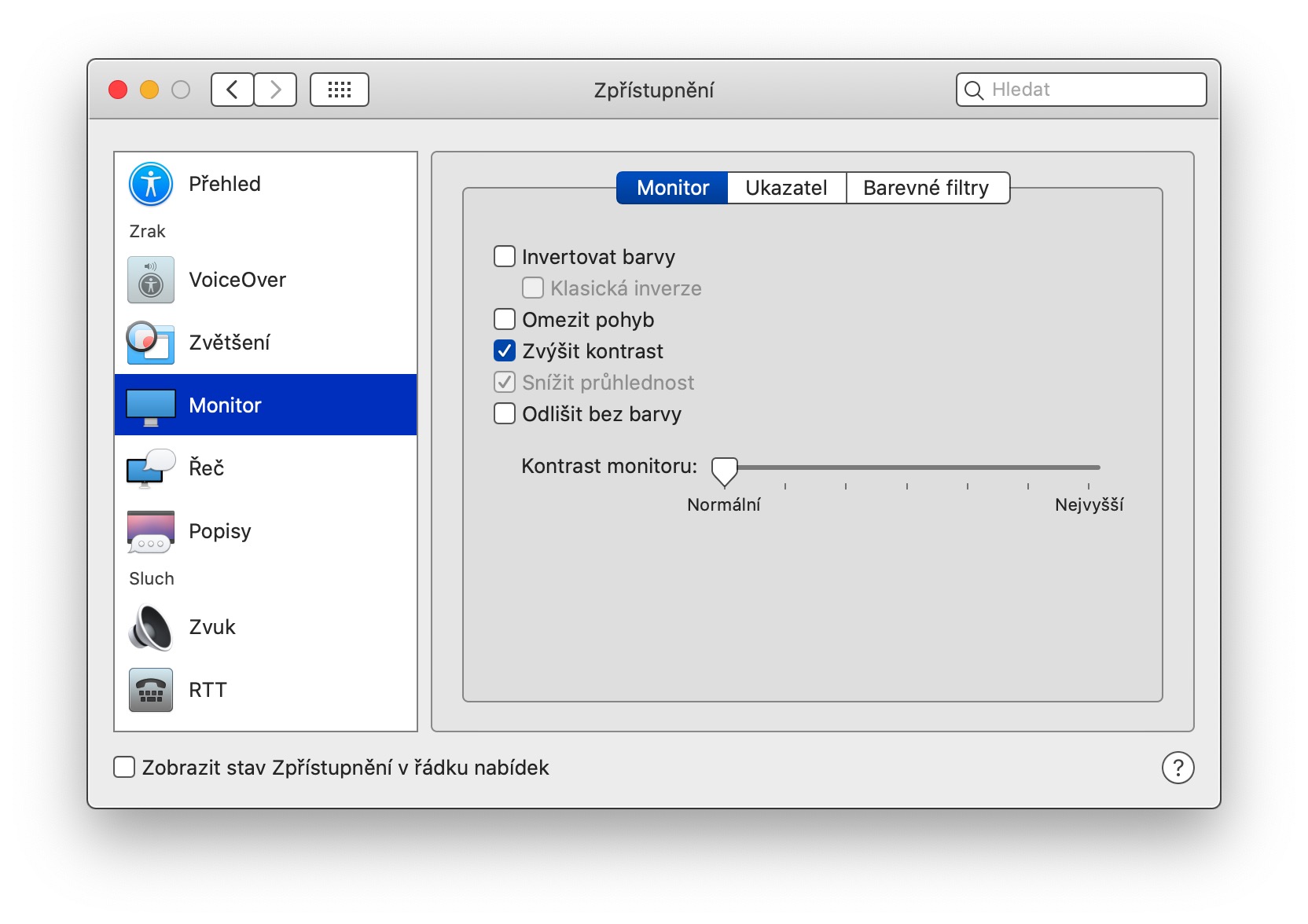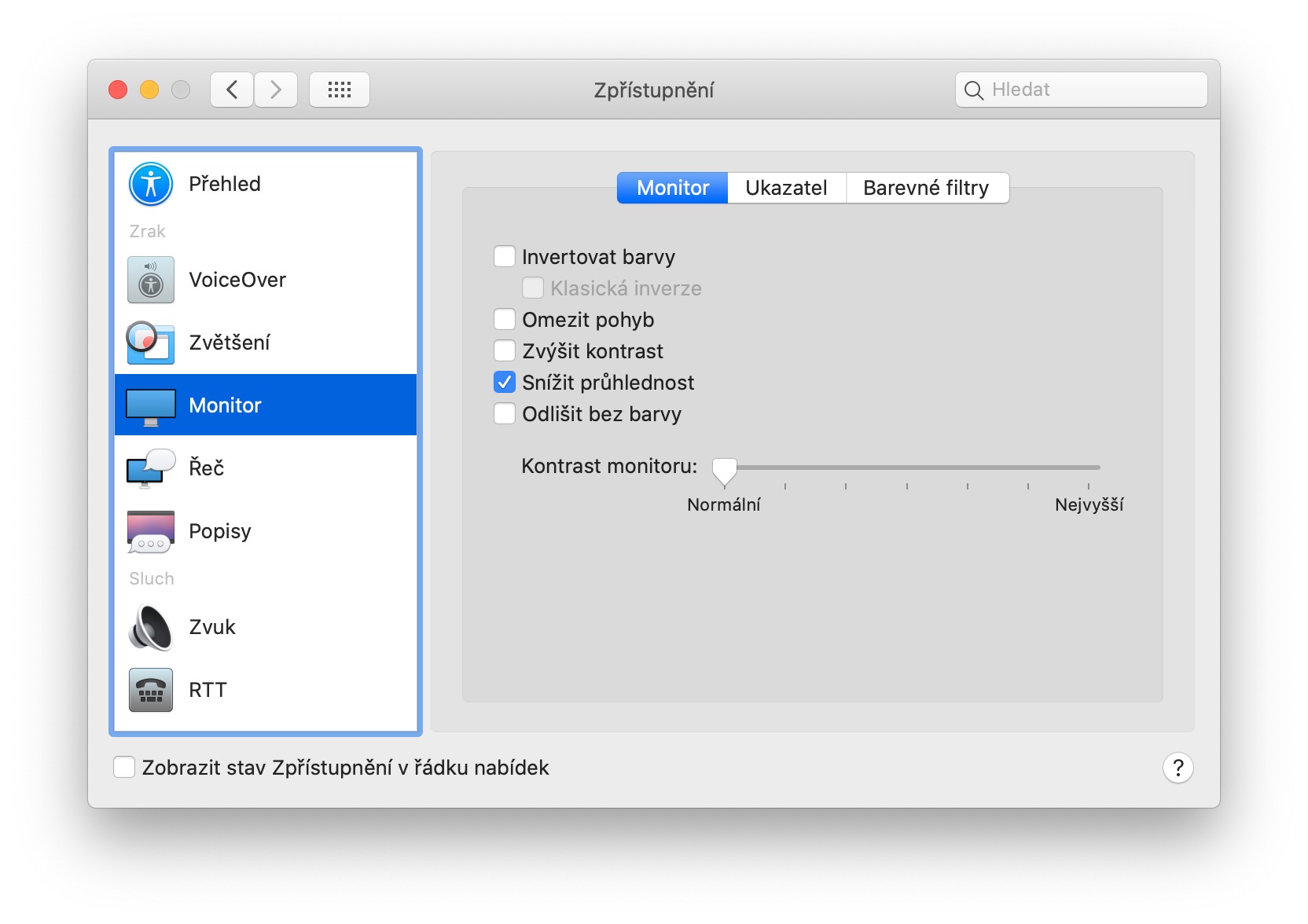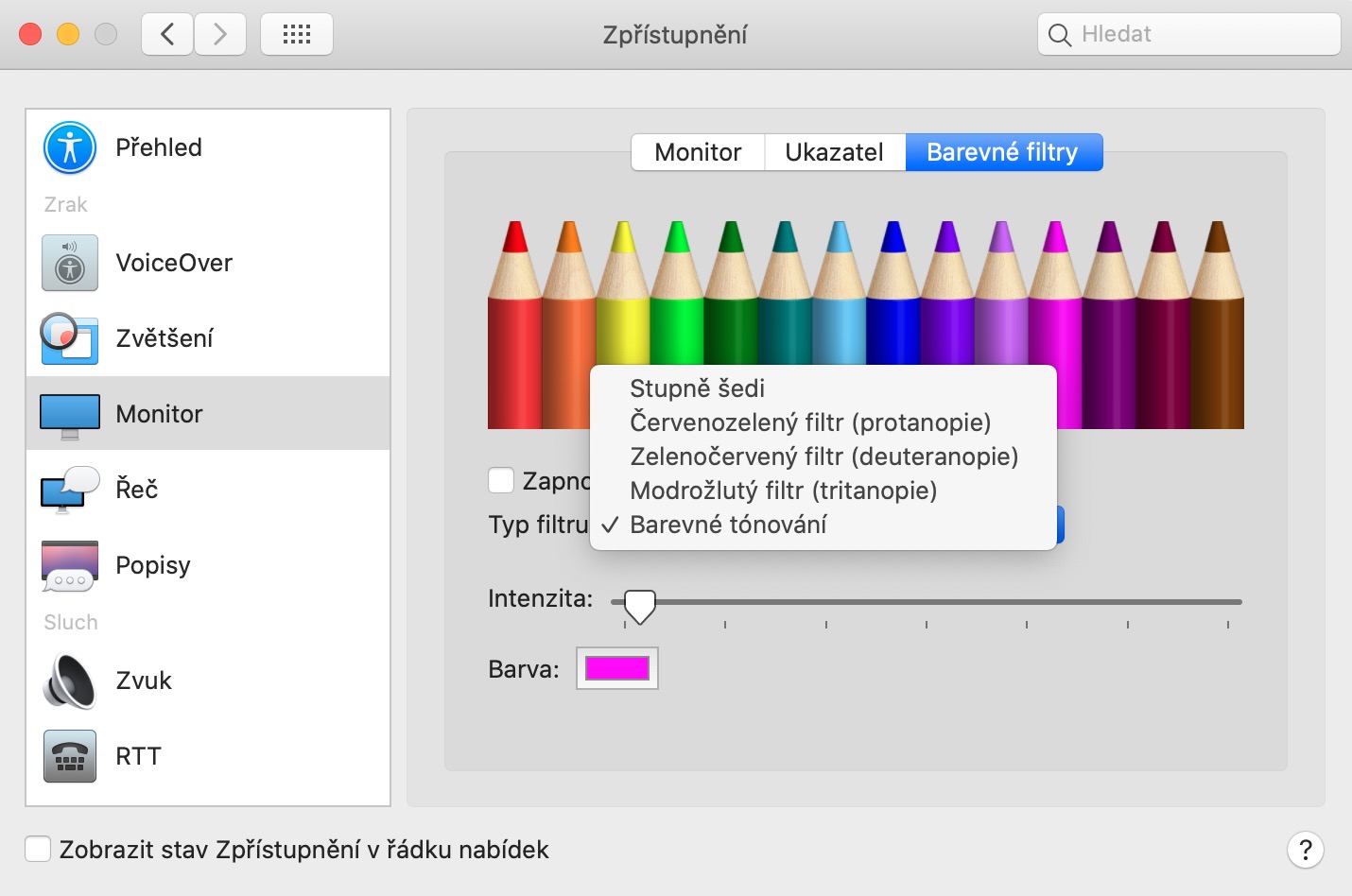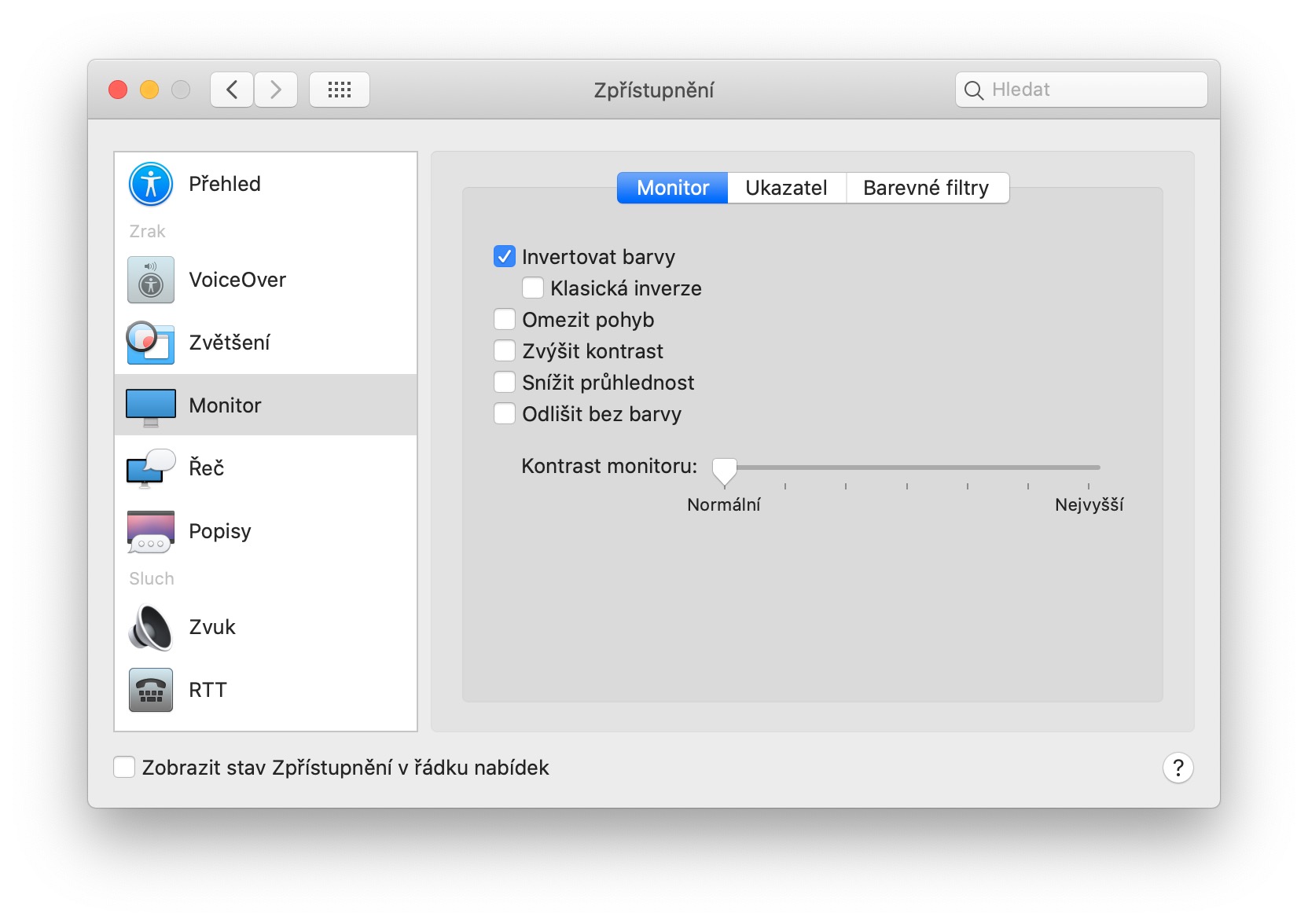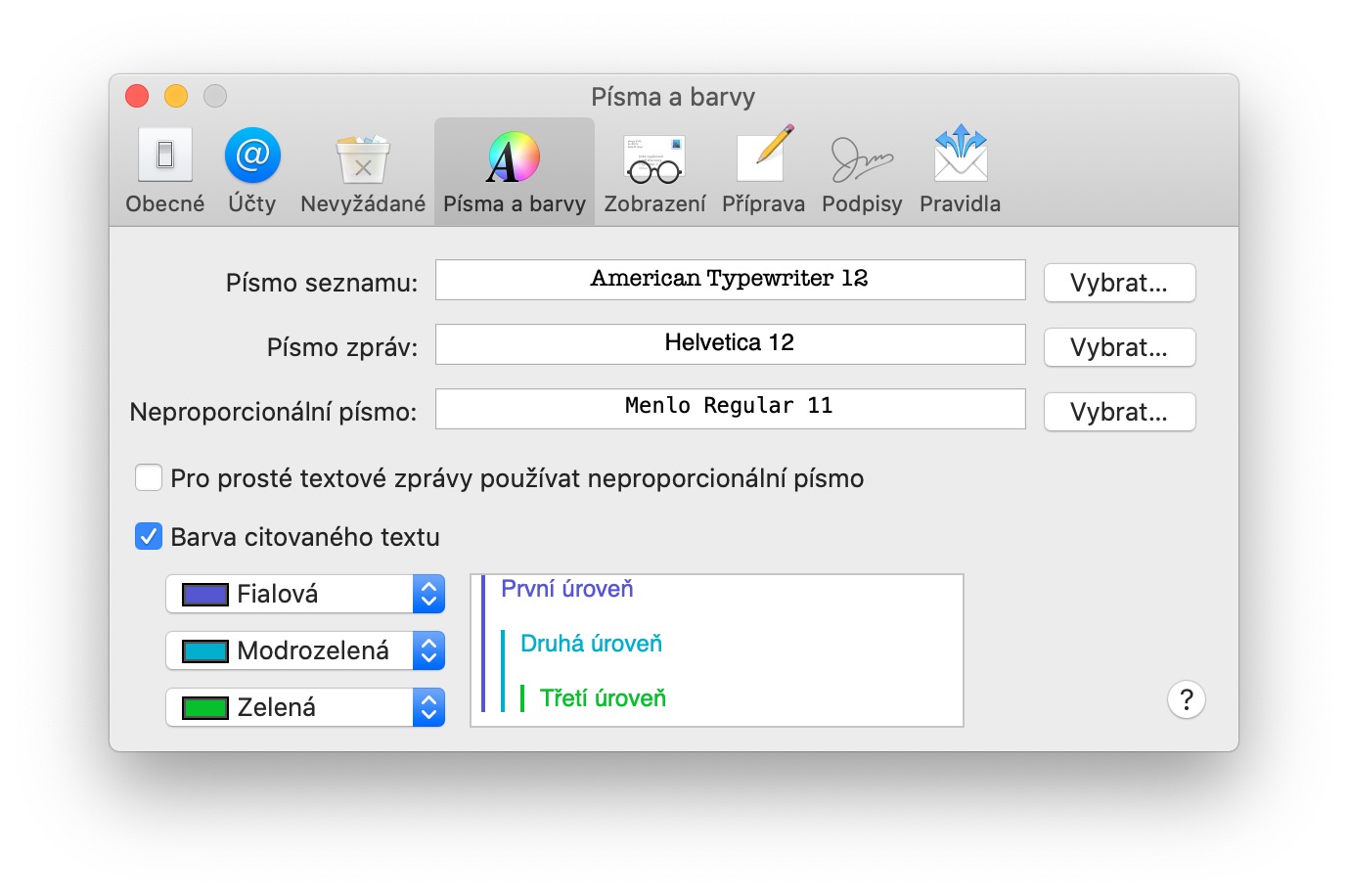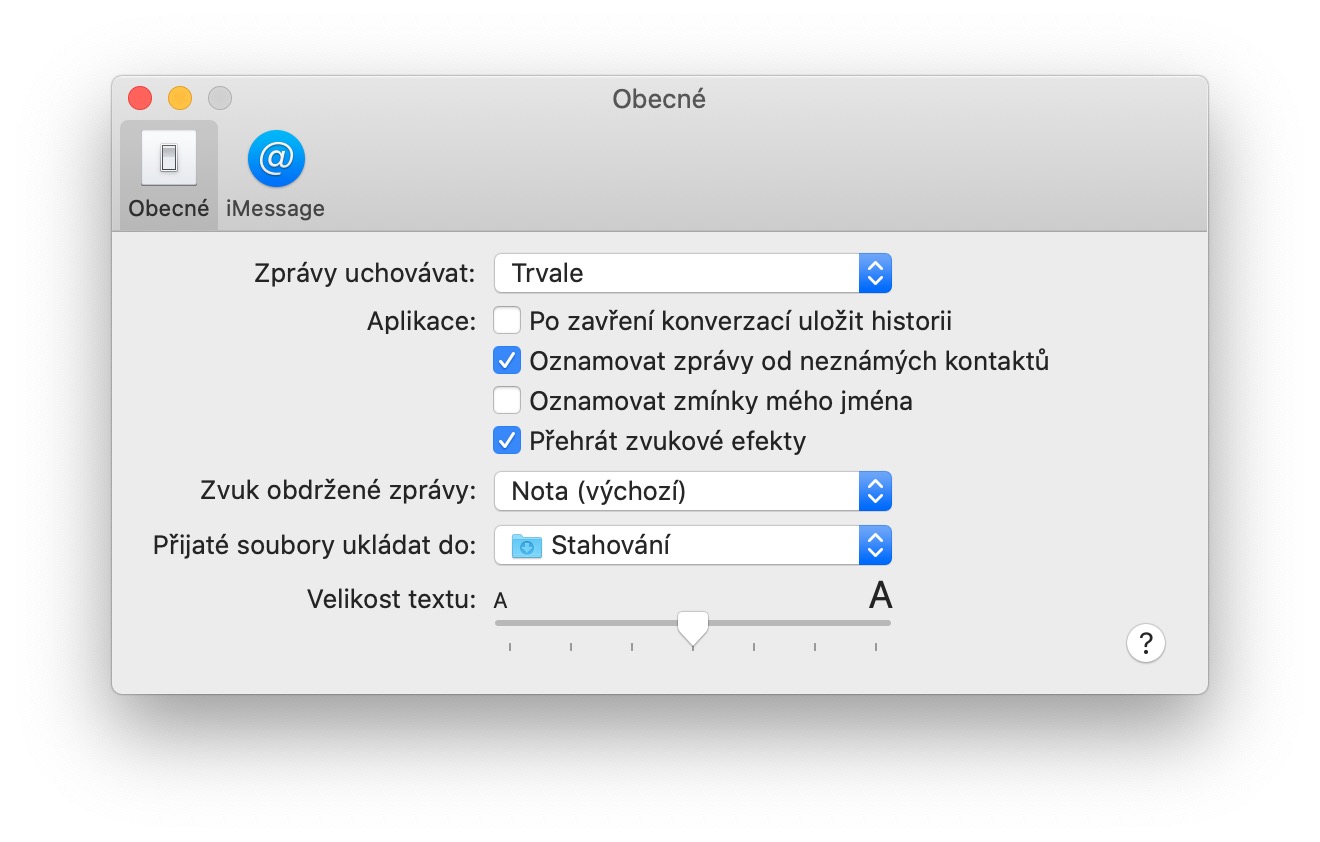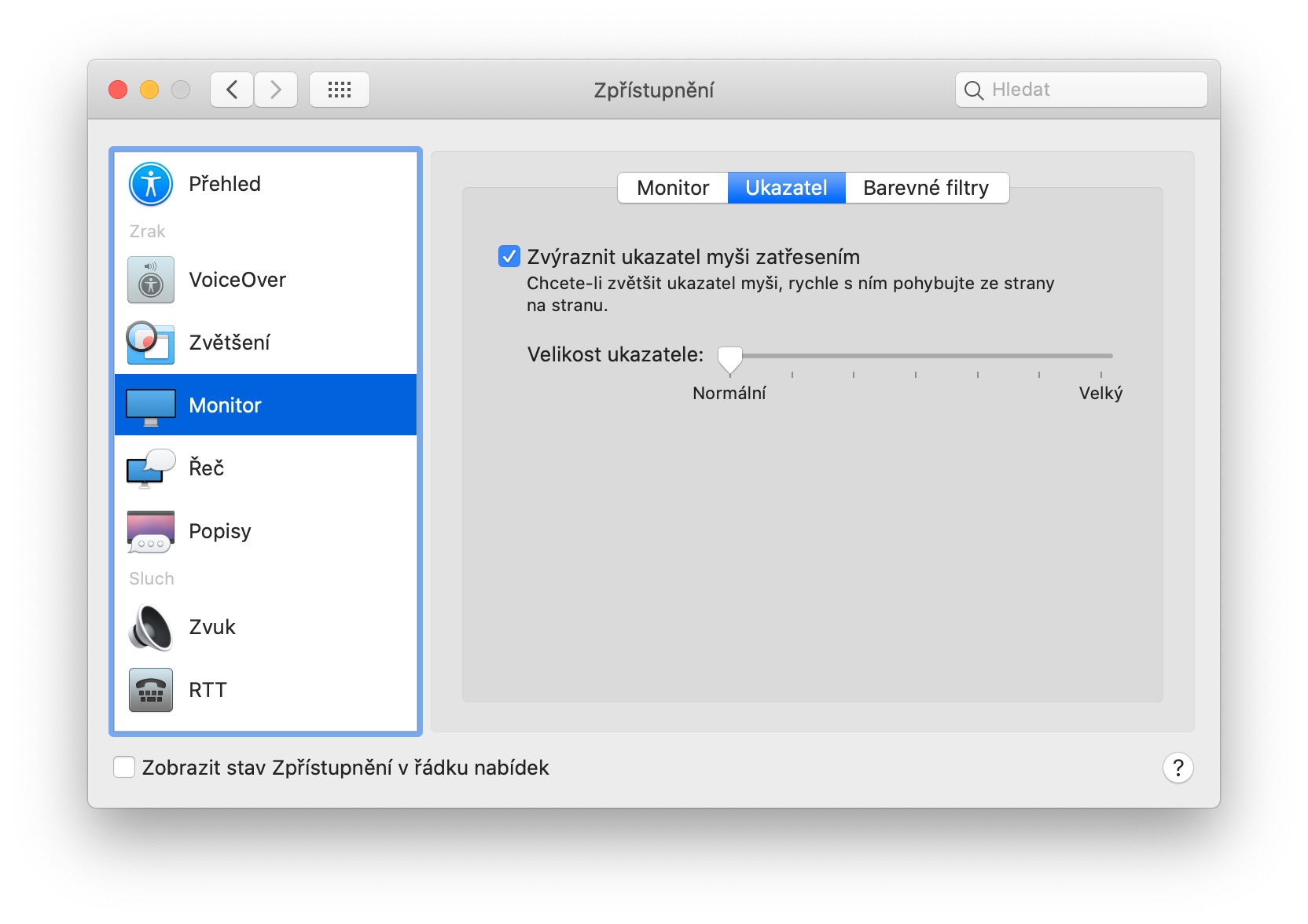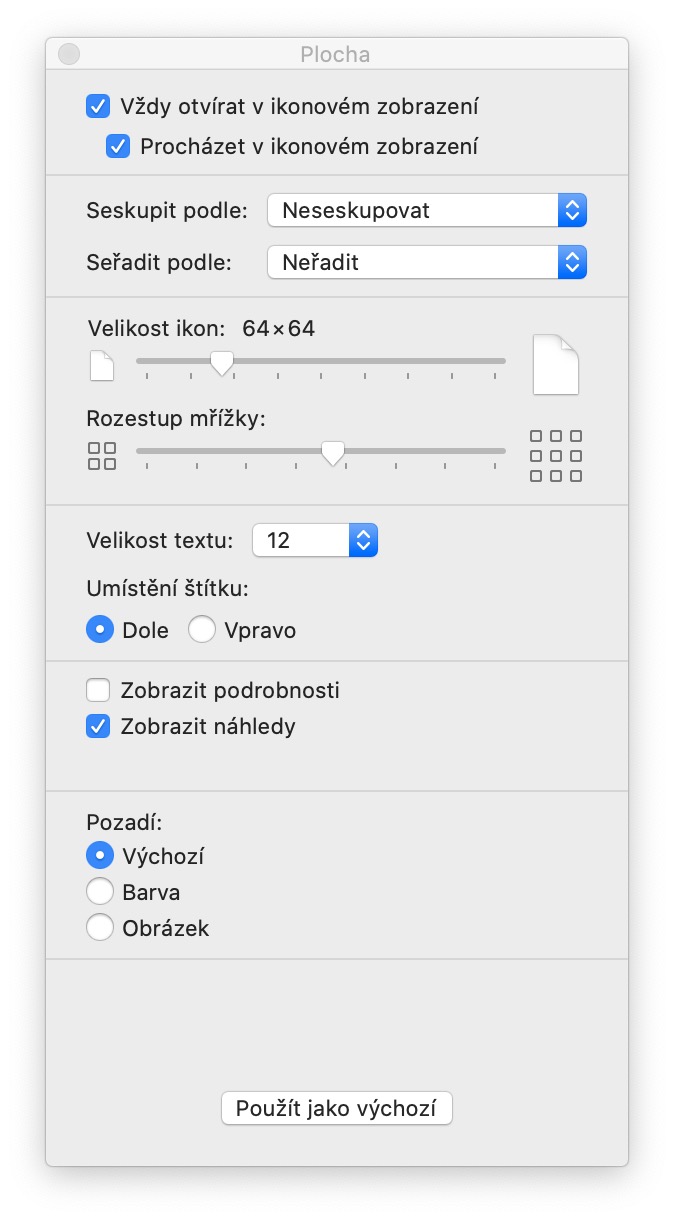As with its other devices, Apple also offers support for accessibility features on computers. These are features, enhancements, and customizations that make it easier for all users who have a health limitation, specific disability, or special needs to work with their Mac. In this way, Apple tries to ensure that its products can be used without problems by as many users as possible, regardless of handicaps or limitations. In today's part of our series on Accessibility, we will take a closer look at the possibilities of customizing the monitor and working with the cursor.
Viewing content on a Mac screen may not suit everyone. Some people may have trouble recognizing colors, while others may find the desktop icons too small. Fortunately, Apple has all users in mind, which is why its operating systems also include a wide range of customization options.
It could be interest you
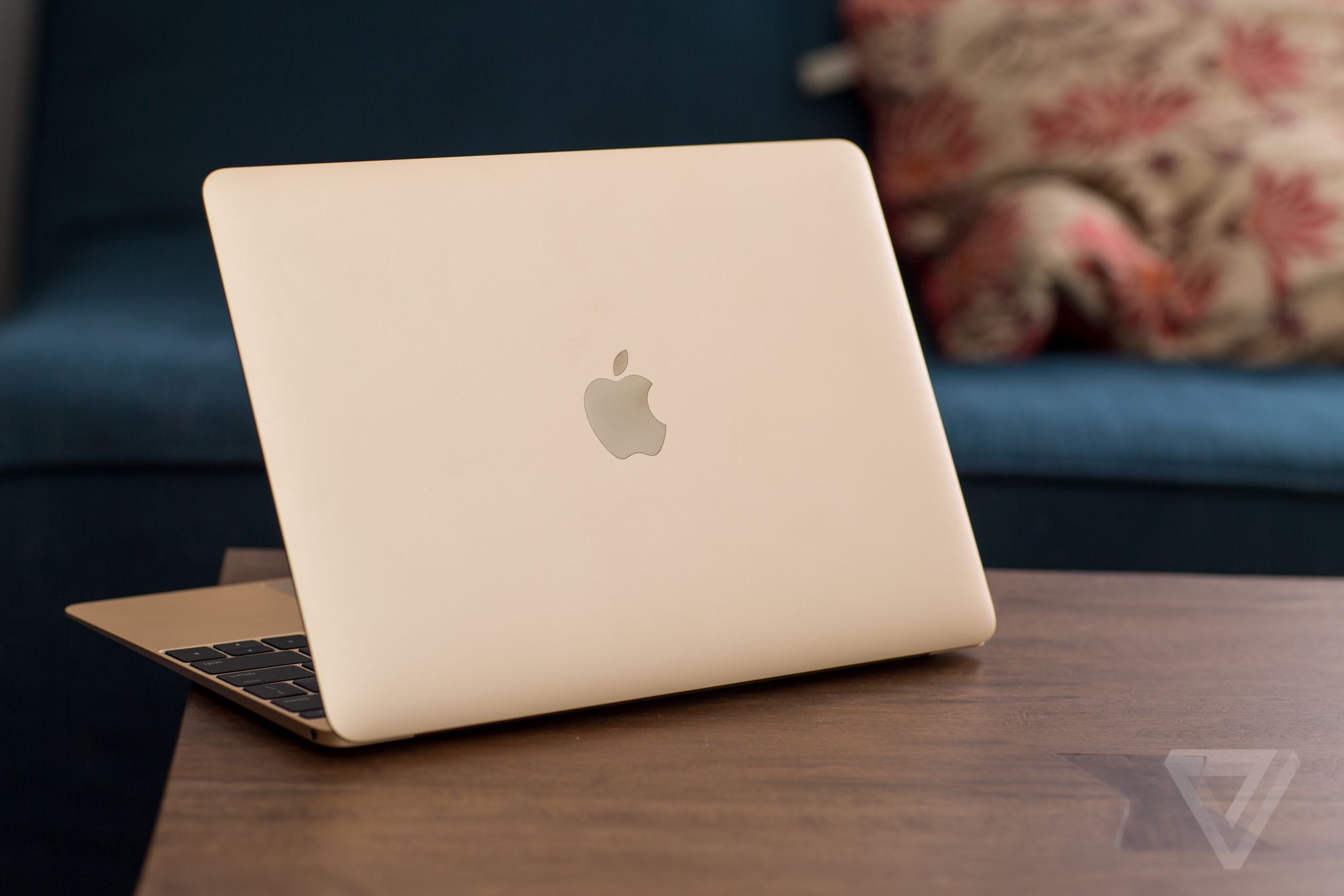
Simplifying the display
If you find the way your Mac's screen looks cluttered and confusing, you can adjust the darkening of the edges, reduce the transparency of some elements, and increase the contrast on your computer. To darken the edges click the Apple menu in the upper-left corner of the screen, choose System Preferences, and click Accessibility. Here, click Monitor -> Monitor and select “Increase Contrast”. To reduce the transparency of the surface again choose the Apple menu in the upper left corner -> System Preferences -> Accessibility -> Monitor -> Monitor, where you select “Reduce Transparency”. If you the image on the wallpaper does not match of your Mac, you can change it in Apple menu -> System Preferences -> Desktop & Saver. Select the Surface tab and select “Colors” in the panel on the left. Then, in the main settings window, you only need to select the color area that will be the most pleasing to your eyes.
Customizing colors
The macOS operating system also offers a wide range of color customization options. To invert colors click on the Apple menu in the upper left corner of the screen -> System Preferences -> Accessibility -> Monitor -> Monitor, where you select the “Invert Colors” option. If you have Night Shift enabled on your Mac, please note that enabling Night Shift automatically disables inverting colors. Similar to the iPhone, you can also on the screen of your Mac set color filters. In the upper left corner of your Mac screen, click Apple menu -> System Preferences -> Accessibility -> Monitor -> Color Filters. Activate the option “Turn on color filters”, click on “Filter type” and choose the filter that best suits your needs. In the lower part of the window, you can adjust the intensity and color tuning of the filter of your choice.
Customize text and cursor
In most applications, you can easily adjust the font size by pressing the keyboard shortcuts Cmd + “+” (to increase) and Cmd + “-” (to decrease). Total display size you can change with a two-finger spread or pinch gesture on the trackpad for a number of apps. You can also customize the font in some native Mac applications. In the Mail app click Mail -> Preferences -> Fonts and Colors in the top bar, where you can set the font and font size. If you want to customize the font v the native Messages app, click on Messages -> Preferences -> General in the top bar to set the font size on the slider. For other applications, it's usually enough to click on the application name on the top bar and explore the "Preferences" or "Settings" option. Cursor size you can change it on Mac in Apple menu -> System Preferences -> Accessibility -> Monitor -> Cursor, where you choose the cursor size that suits you best on the slider. For immediate short-term zooming of the cursor just swipe your finger across the trackpad or quickly move the mouse.
Customizing the size of icons and other items
To change the size of the icons on the desktop, press the Ctrl key and click on one of the icons. In the menu that appears, right-click on "Display options" and set the required size of the desktop icons on the slider. You can also set the font size in this menu. If you need to set size of text and icons in Finder, launch the Finder, select a folder in it, and click View -> Display Options on the top bar to set the icon and font sizes. For resize items in sidebars Finder and Mail applications, click on the Apple menu -> System Preferences -> General in the upper left corner of the screen, where you select the item "Sidebar icon size" and select the size that suits you. For setting the magnification of the content on the screen Click the Apple menu -> System Preferences -> Accessibility -> Magnification in the upper left corner of the screen to choose how your Mac will control the magnification of the content on the screen. You can also activate the option to enlarge the item above the cursor here.
